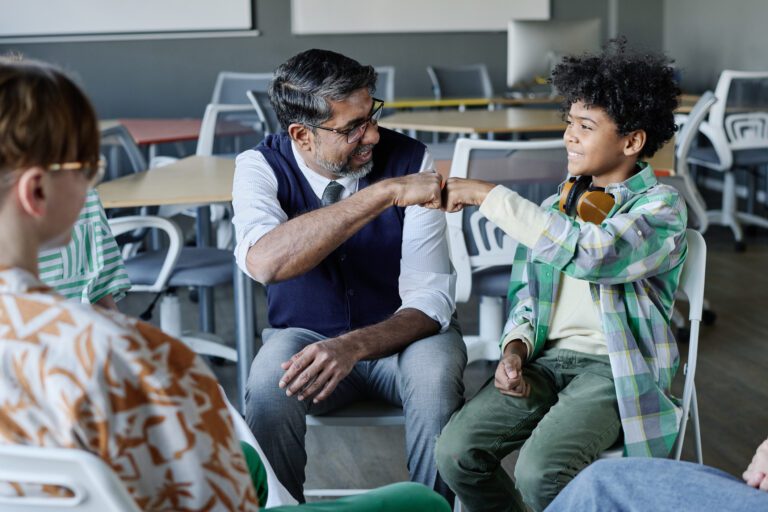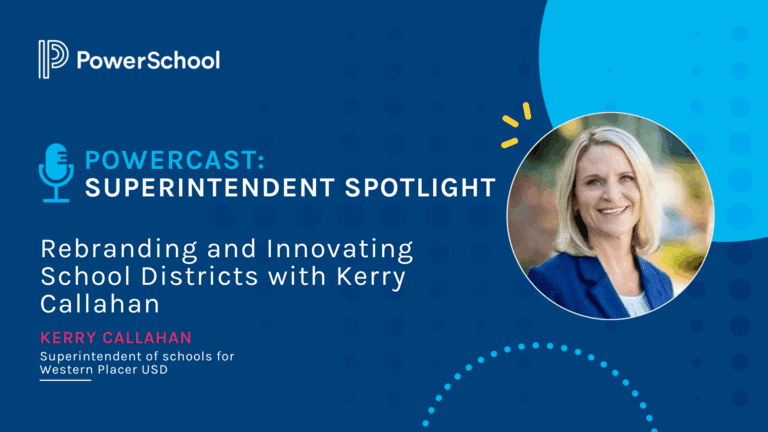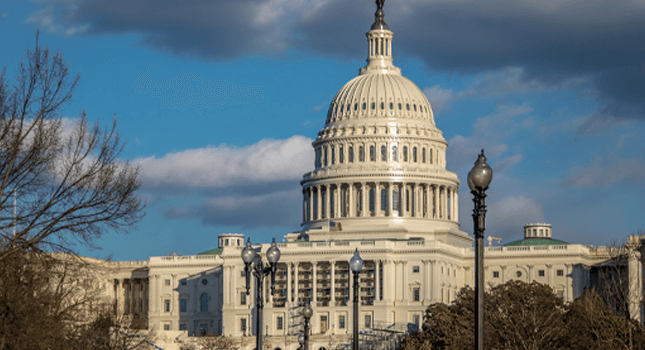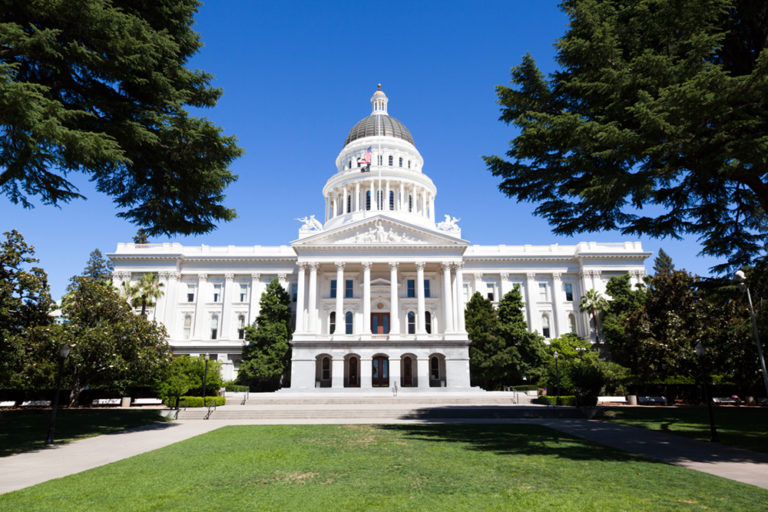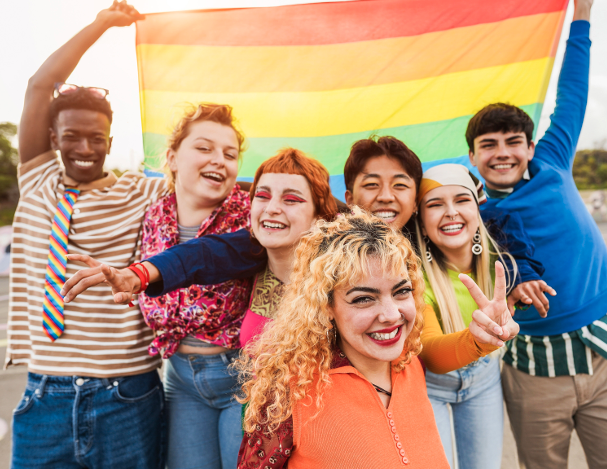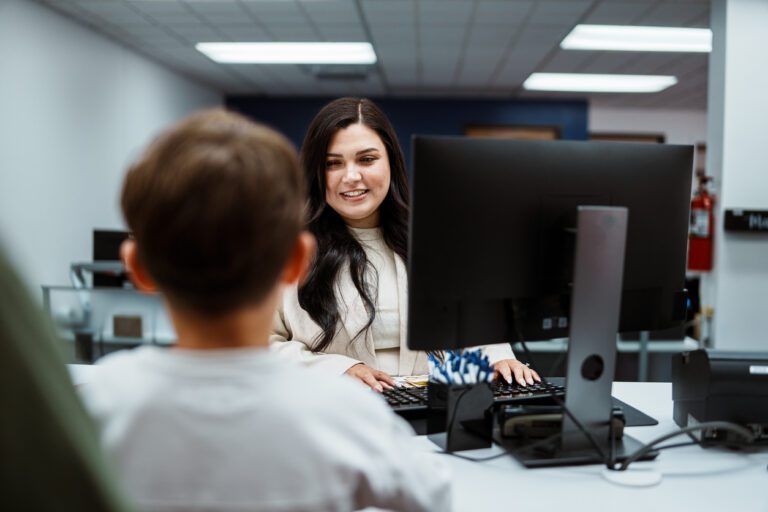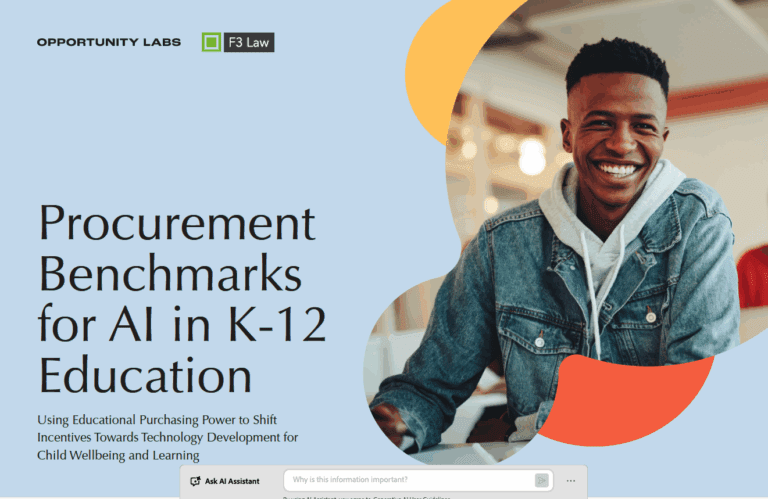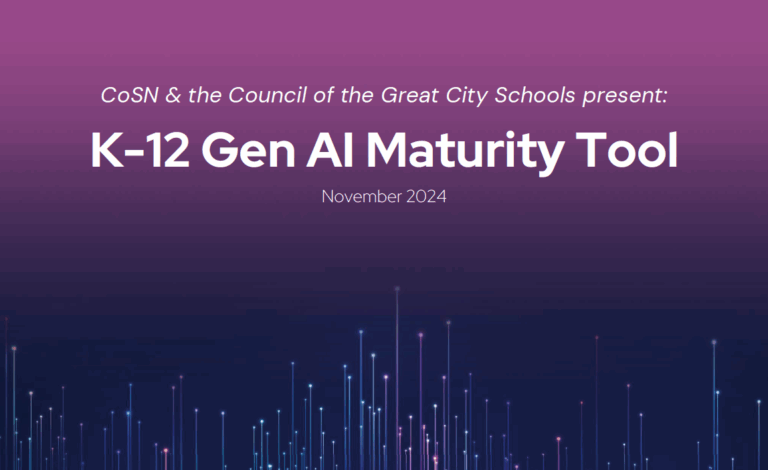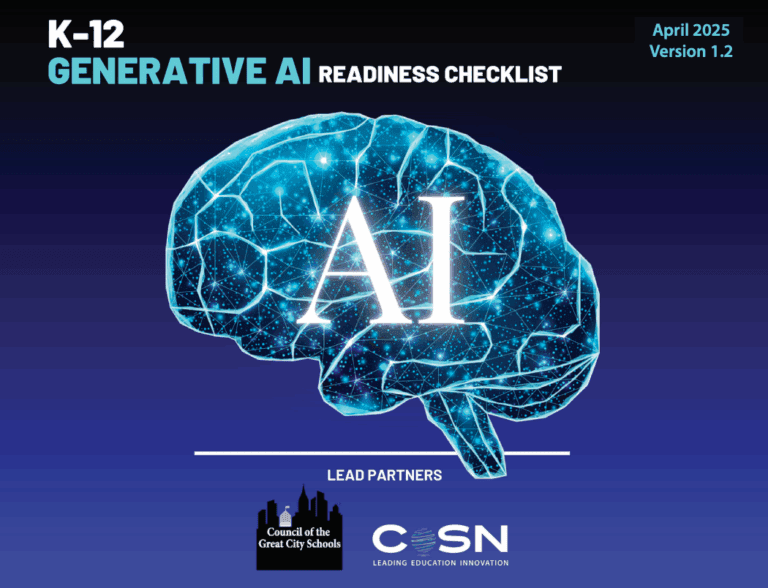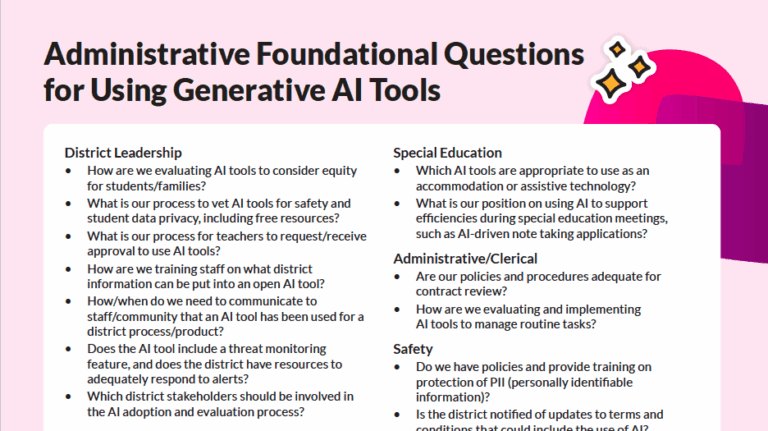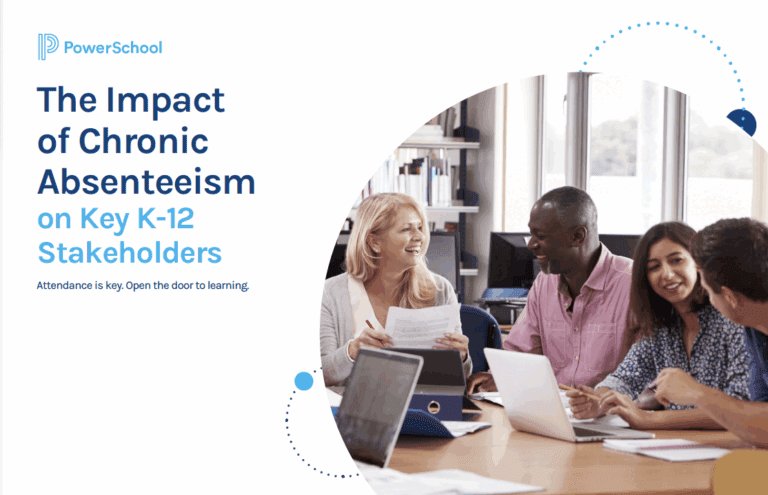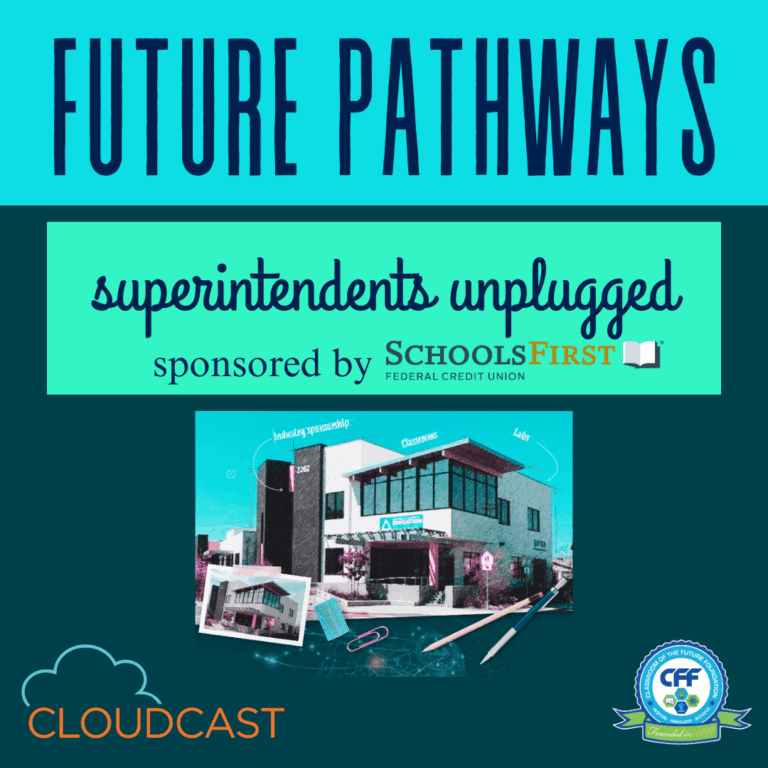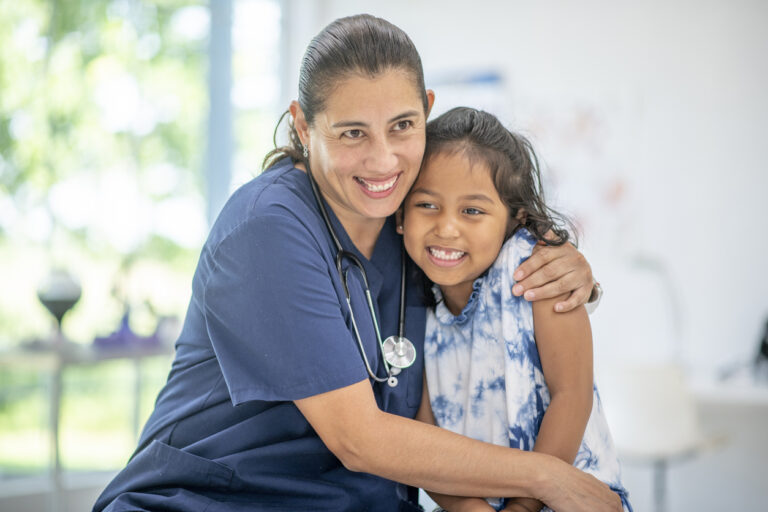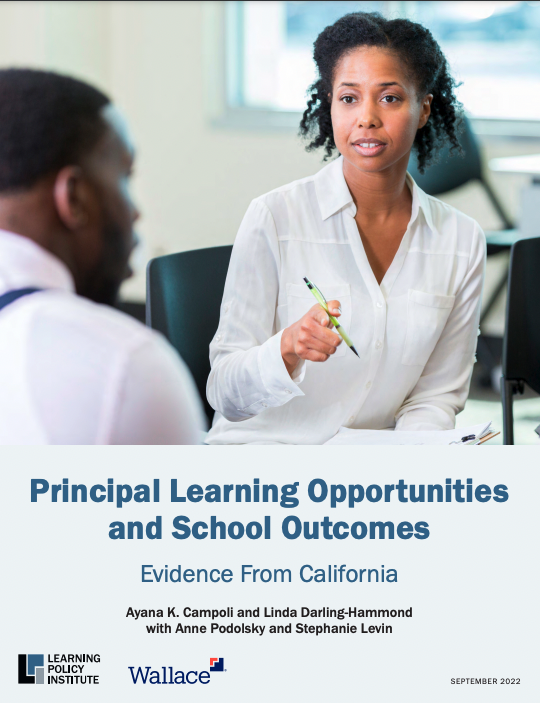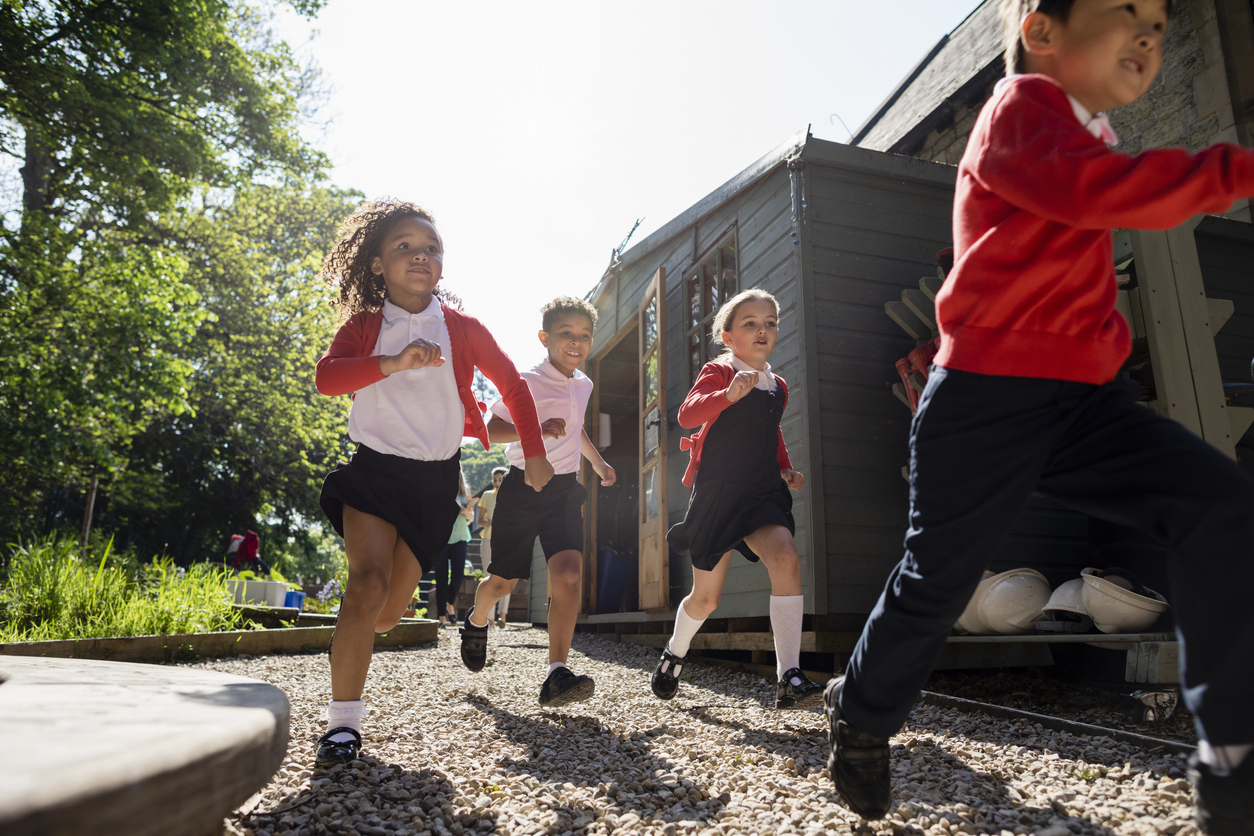The following article was written by Angela Clark-Louque, Ed.D., Ayanna Balogun, Ed.D., and Eboni White Kemp, Ed.D.
Never in our lifetime could we imagine two pandemics causing our educational systems to shut down nationwide. Even though COVID-19 and the racial pandemic left us practically immobilized, we are now emerged in the “reopening of schools” phase. We have the opportunity to re-imagine and re-examine how to improve educational outcomes based on the impact of these concurrent pandemics.
The COVID-19 pandemic not only disrupted normalcy in our lives, but also disrupted the way students traditionally learned. Students transitioned from a brick-and-mortar learning environment to a virtual one. This transition forced the public education system to address the digital divide and holistic needs (emotional understanding, intellectual development, environmental values, social skills, and physical and mental health) of each student. Although we have seen some immediate effects in student learning, the “real” aftermath will not be clear until years to come.
In addition to COVID-19, our students had front row seats to the racial injustices that occurred before and during the pandemic. They witnessed the death of George Floyd, unacceptable and gruesome treatment of police brutality towards African Americans/Blacks, and violent hate crimes against Asian Americans. Though we have amazing people in public service, there is a need to address racial injustices with our students, so that they gain emotional intelligence, an understanding about what is, and what is not appropriate as a global citizen.
As a result of these two prolific incidents in our nation’s history, the American public education system is faced with its own demise and survival. There has been an epiphany and realization that we can no longer “do” schooling like business as usual. How are educators preparing to improve the learning environment for all students given these major interruptions in education? Preparation begins with delving into the four areas of improvement opportunities that the pandemics revealed:
- Social emotional learning for students and adults.
- Collective and individual teacher efficacy.
- Equitable practices to address the unfinished learning.
- The engagement of family and community partnerships.
Let’s be clear, these are not new concepts, however, when presented as priority, they can change the trajectory and outcomes in schools.
1. Social emotional learning for students and adults

According to the Collaborative for Academic, Social, and Emotional Learning, “social emotional learning (SEL) is an integral part of education and human development. It’s a process through which all young people and adults acquire and apply the knowledge, skills and attitudes to develop healthy identities, manage emotions, and achieve personal and collective goals, feel and show empathy for others, establish and maintain supportive relationships, and make responsible and caring decisions.”
With the aftermath of the COVID-19 pandemic and the current climate of racial injustices across the nation, there is a need for critical conversations around the social-emotional health of the students served in public education. There are a number of students and educators who have returned to school having experienced trauma from these two events. Therefore, site and district administrators must act with urgency to establish SEL supports. Administrators should rethink current policies and systems that have historically encouraged a “pushout” model for students faced with trauma and having difficulty managing their emotions. The school community should provide learning spaces for all staff to acquire skills dealing with trauma informed practices, restorative practices and adult SEL.
According to Tyrone Howard, renowned professor of education at UCLA in the Urban Schooling Division, in communities of color, educational systems need to “destigmatize mental health, model prosocial and positive mental behavior, and identify the community resources available.” For students to effectively reconnect successfully with the learning environment during their return, explicit SEL instruction must occur schoolwide. Site and district administrators must dedicate time within their master schedule for SEL and give their instructional staff members the responsibility to provide SEL instruction. This will allow students to cultivate, practice, and reflect on social-emotional competencies (self-awareness, self-management, social awareness, relationship skills and responsible decision-making) in ways that are developmentally appropriate and culturally responsive.
The research conducted by CASEL states that SEL allows educators to advance educational equity, establish authentic school-family-community relationships, and provide a safe, healthy and supportive environment for students. Through meaningful curriculum and instruction in this area, as well as ongoing monitoring of students’ emotional intelligence, students will feel empowered through the skills gained to understand and manage their emotions. This is what all educators should desire for their returning students dealing with the trauma from COVID-19 pandemic and the current climate of racial injustices across the nation.
2. Collective and individual teacher efficacy
After over 30 years of research, teacher efficacy continues to be a primary strategy for student success. Essentially, the self-efficacy of a teacher displays their level of confidence and the belief in one’s own self agency to promote equitable student learning. Psychologist Albert Bandura defined self-efficacy as “beliefs in one’s capabilities to organize and execute the courses of action required to produce given attainments.” Through his research, he found that the positive effects of collective teacher efficacy on student academic performance more than outweigh the negative effects of low socioeconomic status. Professor of education John Hattie’s research was also able to confirm collective teacher efficacy as the “new number one” influence related to student achievement.
Prior to the COVID pandemic, there were still teachers who were resistant to collaborating with their colleagues and operated alone. In essence they were “solo practitioners.” They were also focused on the academic success of their personal students, and were quick to remove students from the learning environment when students were not academically and socially successful. As we acclimate back to brick and mortar, teachers must believe they can create new opportunities and do so in a collective partnership with their colleagues. They must utilize this opportunity to start anew by utilizing their individualized strengths to address unfinished learning and caring for all students as they heal. Capitalizing on every teacher’s strengths and effectively collaborating within the learning environment leads to success for all students. Formalized processes and routines must be built to encourage reflection on instructional practices and the learning of all students. Reflection is critical to building self-efficacy individually and strengthening collective teacher efficacy.
Due to the circumstances surrounding the murder of George Floyd, police brutality against African Americans, and hate crimes against Asian Americans, schools need to provide outlets to openly discuss these effects on education. Cohesion, a major component of collective teacher efficacy, occurs through developing a common language that focuses on growth, emotional understanding, and monitoring the academic, behavior and social-emotional progress of the students within the learning environment. A cohesive culture and climate permits teachers to depend on one another to have courageous conversations about race. Teachers collectively decide how to provide instruction in a culturally proficient and relevant way. Strategically, they work together to create lesson plans and assessments and attend professional development that relates to all students’ cultures and leads to being more culturally relevant.
3. Equitable practices to address unfinished learning
The closure of schools and being thrusted into emergency distance learning revealed the truths about the public education system. This period of time revealed unequal access to technology and the internet, lack of teacher professional development, and lack of resources and knowledge of parents/families to effectively assist their children with learning in the home environment. With these unforeseen circumstances and truths, students experienced unfinished learning. Unfinished learning occurs when students have not mastered grade-level concepts and more learning is needed for mastery.
To address unfinished learning, teachers will need to prioritize their grade level learning concepts and re-engage students with concepts that have not been learned to mastery. To determine where learning must be accelerated, a variety of high-quality assessments will need to be administered. Utilizing multiple measures and data from the previous year, individualized student plans can be created with targeted actions. Teachers with specific skill sets within those actions can be pulled in to assist with this process. Differentiated and scaffolded instructional strategies will be needed to ensure that all students experience academic growth and success. Historically, we have used schoolwide data to measure success, but now success needs to be measured by individual student growth emphasizing quality of instruction.
Once intense and strategic instruction has taken place, diagnostic assessments will need to be administered again and the cycle continues to cover all concepts needed within grade level. Site and district administrators should also focus on holistic approaches to assess student growth and social emotional development, offer support and assess again to determine growth. Teachers and administrators must collaborate to determine effective school-wide instructional practices that are utilized across all grade levels, establish attainable and measurable goals, and monitor student data consistently to address unfinished learning.
In terms of addressing equity and issues dealing with race or racialized topics, it would be very practical to have presentations addressing race, lessons and projects, and themed spirit weeks already planned. This way students, staff and families can have safe spaces to discuss feelings and strategies in an effort to heal. These conversations and projects need to be guided and facilitated by adults, but always student centered. It is critical that we build capacity for teachers through professional development that will allow their mindsets to believe “the work” is possible. Learning and assessments must promote and capitalize on the assets students bring to school, authentically applying culturally responsive learning that values the whole child and their families.
Finally, there must be times set aside for play and celebrating. Allowing time for students to be creative, explore and express themselves is even more critical now since students have been learning within confined parameters. Suggestions like problem-based learning, project-based learning and inquiry-based learning all promote curiosity, creativity, collaboration and community. Celebrating student growth, classroom growth, grade-level growth, marginalized population growth, subject growth and school growth is imperative. Students have been tasked with learning in isolation for the last year, without the celebratory social aspect of schooling, and this is the perfect time to celebrate for any and all growth so that they feel validated and valued.
4. Engagement of family and community partnerships

Finally, as we look into the future of education and consider the opportunities to improve, we cannot and must not forget about the impact that parents, families and communities have on developing the whole child. Equity partnerships with families and communities simply means a sharing of responsibilities to educate children. It is to visibly and verbally affirm diverse cultures and communities while providing safe places for learning, according to the authors of “Equity Partnerships: A culturally proficient guide to family, school, and community engagement.”
Pre-pandemic, families were often viewed with possessing little to contribute to the educational achievement of their child. Nonetheless, during the pandemic, families were promoted to have equal share in the academic success of children. Without families encouraging students to attend school online, participation and attendance would have taken a dive. Families underestimated the impact of teachers and teachers took for granted family partnerships. Families and communities were indeed essential to the pivoting phenomenon from face-to-face to virtual instruction. The pandemic offered the opportunity of the family and community’s role as being in equal partnership of the overall education of students. It is clear that family and community partnerships are essential to the growth and development of the whole child. Not only must we consider family engagement and partnerships valuable, we have to utilize the resources that are embedded within our communities. The opportunities made available include a widened range of neighborhood communication, meaning that there are community-focused social media, shared learning activities across families and neighbors, and employment possibilities. The improvement lies in the trust that is created and supplying families with resources to thrive.
Historically, families and communities of color report feelings of being marginalized and left out of important conversations. The recent racial uprising has warranted the intentionality of schools to solicit families and communities’ input more than ever. Often, when stakeholders are brought to the table, families of color report that their voices are sometimes silenced or left out completely. Their voices must be included in order to ease the strain of marginalization and ease the discomfort of racial disparity.
As we move forward in preventative manners, district and site leaders need to establish community collaborations and resources to support families and students. More importantly, it is imperative that families and community members are aware of the resources and programs available ahead of time. The 7 Cs model is outlined in “Equity Partnerships” to establish equitable partnerships: collaboration, communication, caring, culture, community, connectedness and collective responsibility. Utilizing these seven as we reopen schools is non-negotiable. School sites and districts must identify and create meaningful partnerships based on respect of cultural norms (culture), build trusting relationships, and capitalize on the resources available. Prior to developing plans, families need to be invited to the table at all times to brainstorm ideas on new initiatives (collaboration). Families need to feel valued (caring) and connected to school community, resources, and other new opportunities (connectedness). Based on warm welcomes (care/compassion), personable interactions (communication), community roundtables (community) and regularly scheduled convenings, family input is a staple of a collective movement (collective responsibility) that provides new opportunities for students. Most importantly, families and the community need to know how important their roles are and how they can continue to contribute to the learning environment.
Moving forward
Ultimately, with new opportunities beyond the pandemic to change schooling, site and district administrators must determine which key areas are the highest priorities. In the spirit of prevention and intervention, educators need innovative leadership teams who can develop plans based on priorities with action steps and goals, develop systems to evaluate progress and then celebrate growth. These new opportunities create a school culture and climate with the spirit of restoration, rejuvenation and innovation. These actions also provide relief and guidance that can emerge beyond the lingering effects of COVID and the racialized climate in education.
In essence, to create better opportunities and improve outcomes, it is imperative to explicitly build up these four pillars and provide unequivocal actions. For students, developing learning environments that meet the holistic aspects of each student, academically and emotionally, while validating who they are as individuals is essential. For teachers, returning to a learning environment that nurtures their emotional and professional development while focusing on collectively educating all students, is key. And for families, co-creating equitable policies and true partnerships maximizes student success. These prioritized improvement strategies open the doors for growth opportunities and expected movement forward.
Angela Clark-Louque, Ed.D., is professor of Educational Leadership at California State University, San Bernardino, and an international speaker on social justice and equity. She can be reached at . Ayanna Balogun, Ed.D., is a principal in Rialto USD, community advocate and adjunct professor at University of Redlands. She can be reached at . Eboni White Kemp, Ed.D., is a principal in Rialto USD and community leader. She can be reached at .








